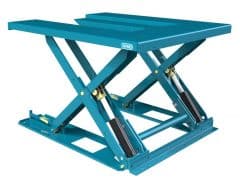
HYMO scissor lift table
Lifting tables are suitable for almost any working environment. In order to choose the right table, three main factors must be determined: the type of technology, technical characteristics and mobility.
What type of technology should you choose?
Lifting tables can use different technology: scissor, column-type and bellows.
- Scissor lift tables (single, double, tandem):
- They are stable and sturdy compared to column type lift tables.
- They are suitable for vertical work requiring a certain precision.
- Column type or bellows lift tables:
- They are specially designed to be used as handling tools. As such, they are suitable for long handling tasks, unlike scissor lift tables.
- They are not as stable as scissor lift tables.
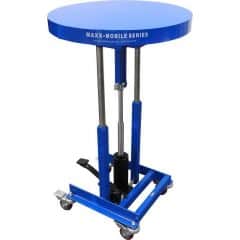
Lift Products column type lift table
Lift tables can also be tilting. The operator then has the option of changing the angle from 5° to 40°. Depending on the model, these lift tables can also lift loads of up to 3 tonnes.
Mobile or stationary?
There are mobile lift tables (with wheels) and stationary lift tables. Your choice will depend on your intended use.
- A stationary lift table is suitable for fixed workstations and repetitive tasks.
- A mobile lift table is suitable for tasks requiring frequent movement. It is capable of covering a larger surface area than a stationary industrial manipulator.




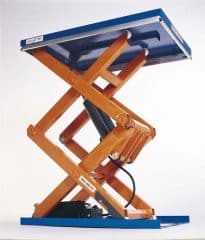

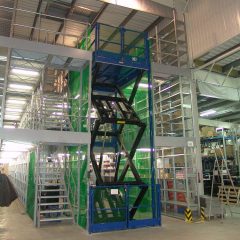


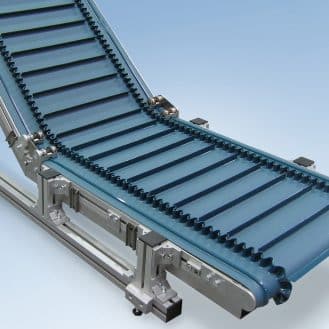


It’s nice to know that single scissor lift tables can overcome differences in level because that means you’ll be able to reach bigger heights. My brother is going into construction so he’s trying to learn about the different types of lifts. I’m going to ask him if he knew there were so many kinds of scissor lifts.